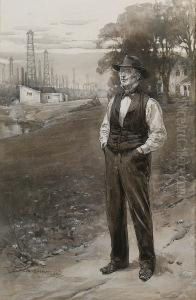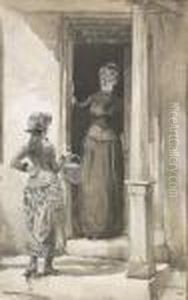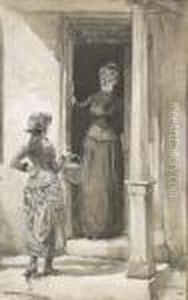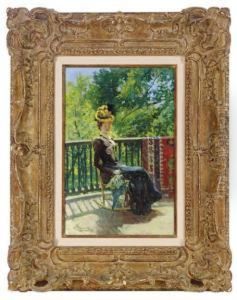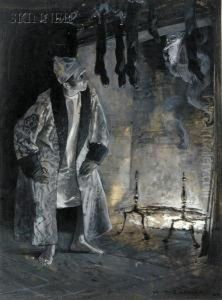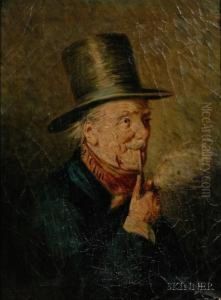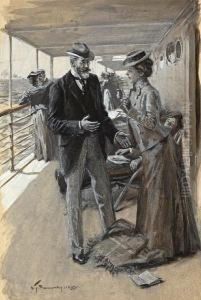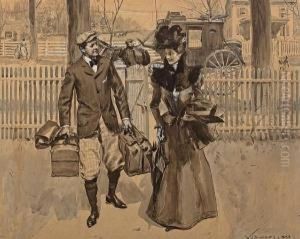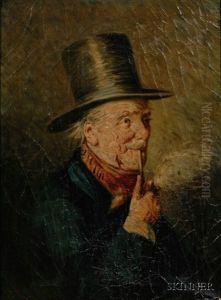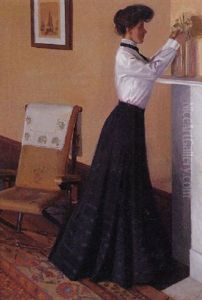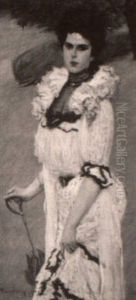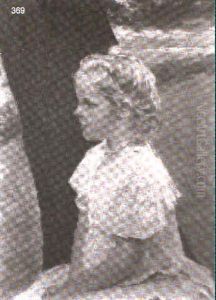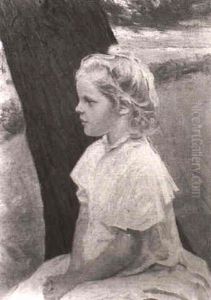William Thomas Smedley Paintings
William Thomas Smedley was an American artist born on March 26, 1858, in West Chester, Pennsylvania. He is best known for his illustrations and paintings that vividly captured American life and culture at the turn of the 20th century. Smedley began his artistic journey at a young age, showing a keen interest in drawing and painting. His talent was nurtured through formal education at the Pennsylvania Academy of the Fine Arts in Philadelphia, where he studied under the guidance of renowned artists such as Thomas Eakins.
After completing his education, Smedley moved to New York City, which was rapidly becoming a hub for artists and illustrators. He quickly established himself as a successful illustrator, working for prominent magazines and publishers of the time. Smedley's illustrations were featured in Harper's Weekly, Scribner's Magazine, and The Century Magazine, among others. His work was celebrated for its ability to capture the essence of American society, from the bustling streets of New York to the serene landscapes of the countryside.
In addition to his magazine illustrations, Smedley also illustrated several books, bringing literary works to life with his detailed and expressive drawings. His illustrations were highly regarded for their realism and attention to detail, making him a sought-after illustrator during the golden age of American illustration.
Despite his success as an illustrator, Smedley also pursued a career in painting. He exhibited his paintings at various art institutions, including the Pennsylvania Academy of the Fine Arts and the National Academy of Design. His paintings often depicted scenes of everyday life, showcasing his skill in portraying both the beauty and the complexity of the human experience.
William Thomas Smedley's contributions to American art were recognized with numerous awards and honors throughout his career. He was a member of the American Watercolor Society and the National Academy of Design. Smedley continued to create art until his death on November 14, 1920, in Bronxville, New York. His legacy lives on through his illustrations and paintings, which continue to be celebrated for their vivid portrayal of American life and culture during a transformative period in the country's history.

